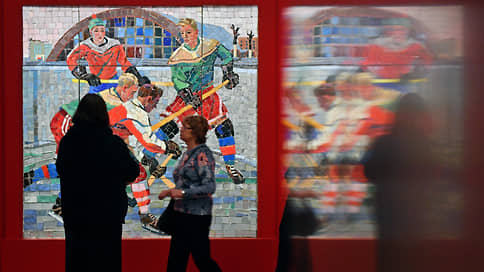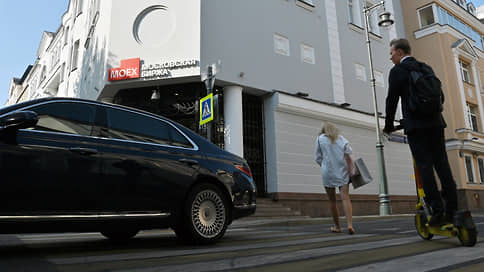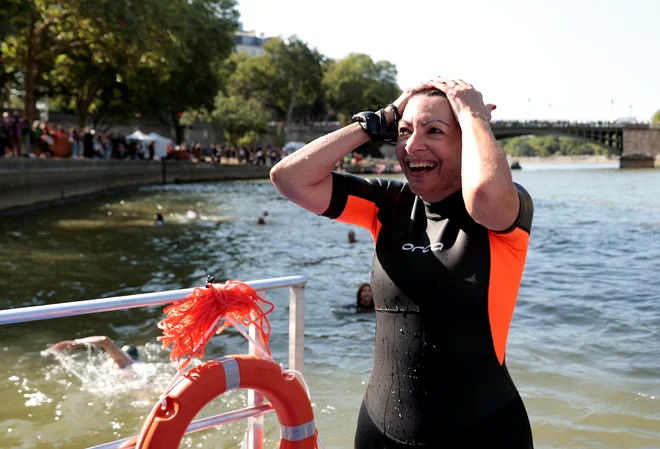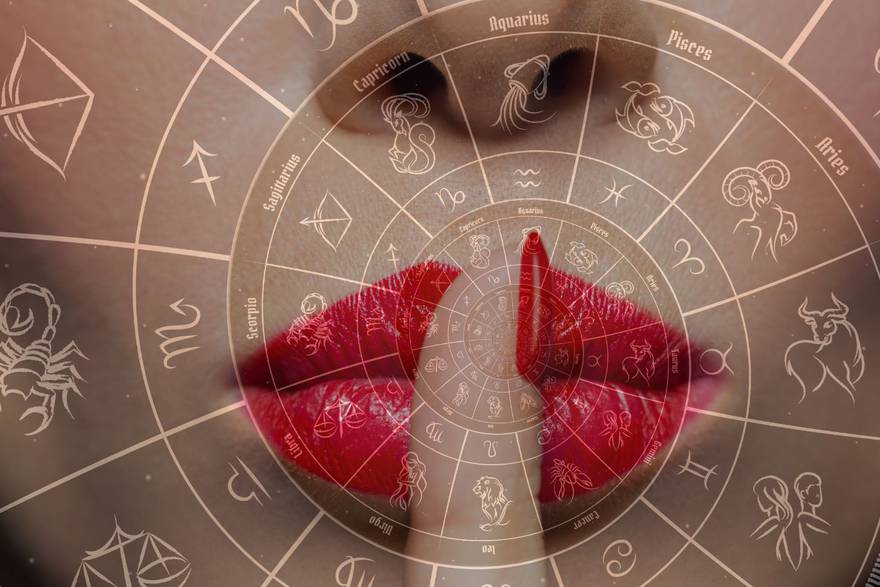Review of the exhibition in honor of Alexander Deineki in the Russian Museum

In St. Petersburg, in the Benoit building of the Russian Museum, an exhibition dedicated to the 125th anniversary of Alexander Deineki (1899–1969) was opened. Mikhail Trofimenkov He was almost childishly enchanted by a modest exposition, which opened the work of the Soviet genius in its unexpected and subtle diversity.
The only thing you can reproach the exhibition is in its name: « Singer of a new life. » However, Deineka is not the only master whose genius drowned in the eyes of his contemporaries under the weight of orders.
The name provokes the cliches that have been boring. Well, how, how, Deineka, we know, know. “Defense of Petrograd” (1928) and “Defense of Sevastopol” (1942). All these half -naked, or even naked athletes and athletes are completely naked. Boys who dream of becoming “future pilots” (1937), and sailors minting “Left March” (1940). The totalitarian, in a word, is this of your Deineka, a singer of brutal physicality, a bison of socialist realism, no matter what a muddy definition was implied. Yes, of course, in the 1950s, Deinek changed his gift, performing several gray-brown-green compositions like a “tractor driver” (1956), but this is not about that. The exhibition turned out to be about anything, but not about the official chanting of a « new life ».
Let us leave behind the brackets that Deineka was in Vhutemas for the beginning of the 1920s as the best student of the great Vladimir Favorsky and Ignatius Nivinsky. From them he learned a graphic, expressive, contrary to generally accepted ideas about the “picturesque” to the manner. Deineka is not an impressionist and not a phovist, but simply Deineka. The acute skill of the paradoxical composition, addiction to the front plans. The obsessive motif of the sometimes soaring, and sometimes crumbling from heaven, Ikar. Whether it is a football goalkeeper, a jump from the tower or, yes, the Nazi “shot down ace” (1943).
“The shot down AS”, along with “Textilers” (1927), “Half” (1932), “Running” (1933) and “Distribution” (1944), is one of the few picturesque masterpieces of Deineki represented in the Benoit building. The fact is that the exposition includes only work from the museum funds. But the visible stinginess of the exhibition, if you like, gives the topic a new melody.
The main thing at the exhibition is a modest, even the Fifth Work of Deineki. Like all or almost all artists of the 1920s, he honed his skill in coffeeing, poster, caricature, book illustration. Then they all painted equally or approximately the same – the memory of my grandfather Valentin Brodsky, far from the last of the participants in the Petrograd Proletcult and the master of photomontage, to that guarantee. But, with all the reverence for his grandfather, his acquaintance of Dinek is exceptional and magnificent.
Working precisely what in the low, forced genres, Deineka honed and by 1930 he honed his skill like a razor. His graphics of the 1930s in the technique of carcasses, guashi and black watercolors, presented at the exhibition, are the silhouettes of ladies with dogs or beach loafers-impeccable visual poetry. As well as drawings for the magazines of the 1920s depicting degenerative representatives of the Golden Youth, Foxtroting Regulars of the House of Writers (Hello Mikhail Bulgakov) or “Lighting Life” of ladies in the witty black-pink “Fuelton”.
Another unexpected Deinek is a Dineka-traveler. The second half of the 1930s was an era of ardent love between Soviet and American artists: a united front against fascism, all things. As part of this cultural exchange of Deinek, in January -March 1935 he drove around the United States with his personal exhibition and even painted the cover of the prestigious magazine Vanity Fair (January 1936).
In general, his modest sketches and paintings of American life, like sketches of Rome and Paris, give out a random, successful, but sincerely interested look at someone else's and in some way related civilization. Room eating and parking lots, eccentric jazz clubs with striptease, bewitching longing for highways.
The best that Deinek brought from America, and the best that the Russian museum boasts from his collection is the picture “Night” (1935). Almost a monochrome, almost instant picture of a half -naked woman in front of a mirror. Her figure doubles, flickers, dissolves in reflection – how it doubles, flickers and dissolves the image of Deineki itself.








